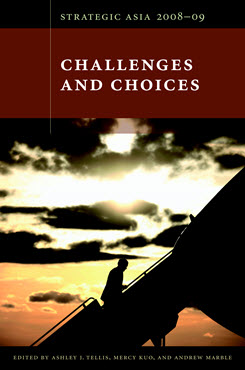The United States and Asia
This chapter evaluates U.S. policy toward Asia and suggests policy options for the next administration.
EXECUTIVE SUMMARY
This chapter evaluates U.S. policy toward Asia and suggests policy options for the next administration.
MAIN ARGUMENT
- A new president will inevitably focus first on the Middle East and the war on terrorism and second on North Korea’s nuclear weapons, but relations with major powers in Asia are ultimately more important.
- The future of Chinese power is the overriding issue for the U.S., yet policymakers remain ambivalent over optimistic and pessimistic models that stress economic interests and the balance of military power, respectively.
- The constant pressure to address immediate concerns in North Korea and Pakistan will challenge the development of long-term strategy in Asia.
POLICY IMPLICATIONS
- Washington would benefit from maintaining the U.S.- Japan alliance and expanding security relations with India while remaining mindful of the need for Pakistani cooperation against the Taliban and al Qaeda.
- Revising U.S. military strategy to rely on air power in the early phase of a war on the Korean Peninsula would allow removal of the U.S. ground forces that provoke negative public sentiment and undercut the basis of the alliance.
- Toning down pressure on Moscow and reducing U.S. involvement in Central Asia may assist in discouraging strategic Russian-Chinese cooperation against Washington.
- Clarifying but limiting plans for defense of Taiwan could reduce chances of Chinese miscalculation in a crisis and limit U.S. liability.
There is no need for immediate major revision of strategies toward Asia, but a few changes of course could buffer policy against long-term risks:
Strategic Asia
The Strategic Asia annual edited volume incorporates assessments of economic, political, and military trends and focuses on the strategies that drive policy in the region. Learn more about Strategic Asia.


